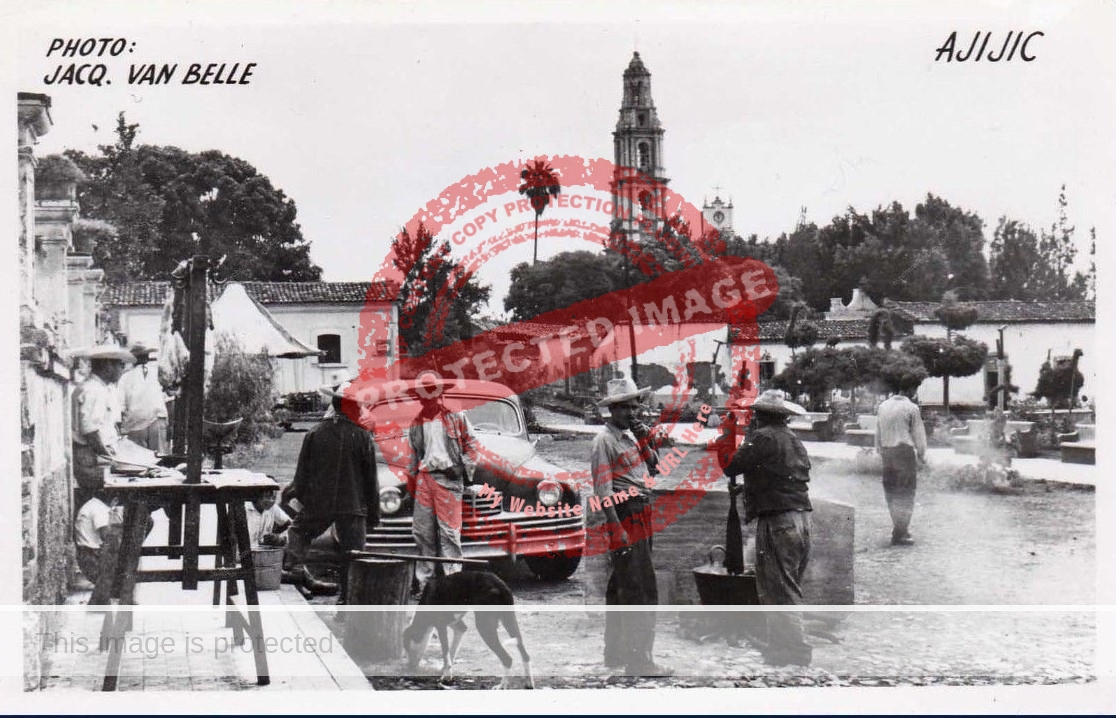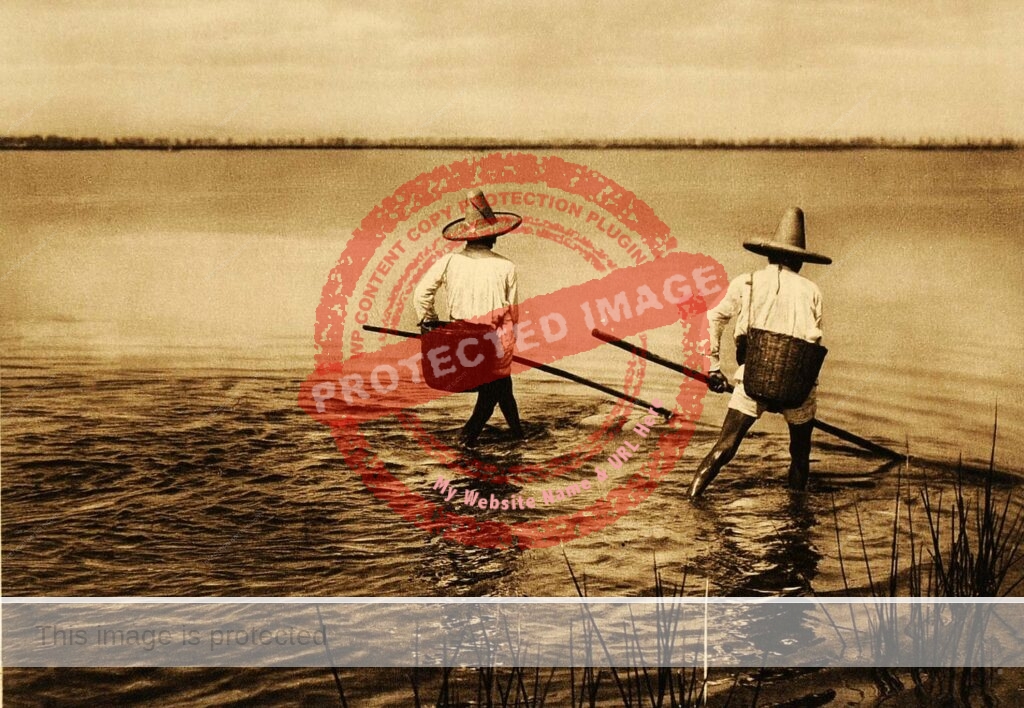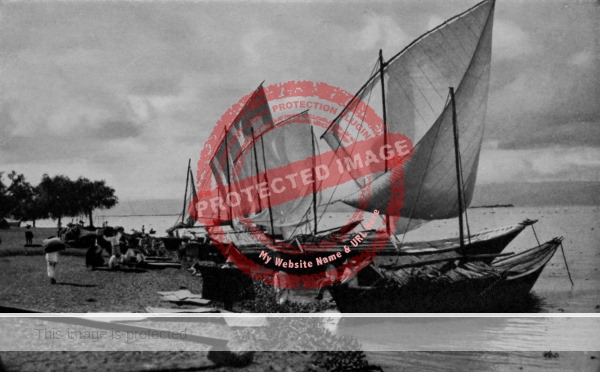Dutch-born photographer Jacques Van Belle, who died in Honolulu, Hawaii in 2012 at the age of 88, took about forty black and white photographs of Ajijic which were reproduced as postcards.
The postcard views, believed to date from 1957 or early 1958, included at least two of the “Hotel Laguna” as well as one of the bee hives in Neill James‘s residence, Quinta Tzintzuntzan (now part of the Lake Chapala Society complex), and one of Ajijic taken from the north side of the plaza. It is likely that these postcard images, and other unpublished photographs by Van Belle of her silk-worm business, were commissioned by Neill James for sale in her store.

Born in the Netherlands on 22 September 1923, Jacques Joseph Hubert Van Belle was educated in Europe. He emigrated to the US in 1957 and then worked as a professional photographer in Palm Springs for a time, before settling in Hawaii, where he combined his photography with employment as a real estate broker. He and his wife, Helen Aro Van-Belle, had a son, Jacques, Jr. and were definitely living in Hawaii by July 1972.
Copyright registrations for 1973 show that Van Belle produced, and copyrighted, a pen and ink drawing entitled “With aloha from Jacque Van Belle’s Little Eurasia” (Little Eurasia was the name of his company in Hawaii], together with a matching envelope, and the “Royal Hawaiian Birthday Calendar”. The calendar had color photos by Van Belle on its six pages (two months to a page), with each page dedicated to a different member of Hawaiian royalty. The calendar also signposted famous births, deaths, and other significant events for Hawaii. Copies of this calendar still occasionally appear for sale online as collectibles.
Van Belle also worked as a tour escort for International Travel Service on extended trips to Europe. Advertisements for his tours describe him as a trilingual world traveler and professional photographer… recently honored by our state government for outstanding community service.
Jacques Van Belle died in Honolulu, Hawaii in 2012.
Several chapters of Foreign Footprints in Ajijic: Decades of Change in a Mexican Village offer more details about Neill James’ life in Ajijic.
Chapter 11 of Lake Chapala: A Postcard History has several other photos of Ajijic by Jacques Van Belle.
Sources
- The Desert Sun (Palm Springs): 24 Dec 1959, 14.
- The Honolulu Advertiser: 12 Apr 1965, 25.
- Honolulu Star-Bulletin: 26 April 1978, 15; 21 May 1978; 52; 30 March 2012.
Comments, corrections or additional material related to any of the writers and artists featured in our series of mini-bios are welcomed. Please use the comments feature at the bottom of individual posts, or email us.

